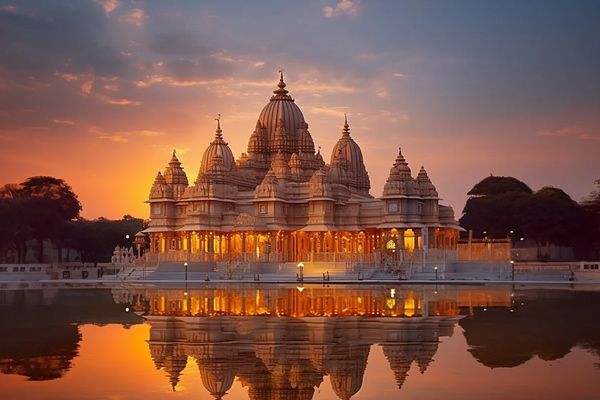Nestled on the banks of the sacred Sarayu River in Uttar Pradesh, India, lies Ayodhya, a city that resonates with the whispers of time. Ayodhya’s rich history is woven with threads of mythology, history, and unwavering faith.
A Cradle of Legends
For Hindus, Ayodhya holds immense significance. It’s revered as the birthplace of Lord Ram, the embodiment of righteousness and the central figure in the epic Ramayana. The Ramayana, a cornerstone of Indian culture, narrates the tale of Ram’s exile, his devotion to his wife Sita, and his ultimate triumph over evil. Walking through Ayodhya’s vibrant streets, one can almost feel the echoes of Rama’s life and the epic battles fought for dharma (righteousness).
A City of Timeless Significance
Ayodhya’s story extends far beyond the Ramayana. Archaeological evidence suggests the city’s existence dates back to the 5th millennium BCE. It flourished as the capital of the ancient Kosala kingdom, a testament to its rich political and cultural heritage. Ayodhya discovery, mentioned in Buddhist and Jain texts, highlights its significance as a spiritual center for centuries.
A Pilgrimage Destination
Today, Ayodhya remains a major pilgrimage destination for Hindus. Devout pilgrims throng its numerous temples, seeking blessings and experiencing the city’s sacred aura. The newly inaugurated Ram Mandir, a grand temple dedicated to Lord Ram, symbolizes Ayodhya’s enduring spiritual significance.
Visit Ayodhya to explore its ancient past, vibrant present, and the enduring legacy of the Ramayana. As you delve deeper into the city’s heart, you’ll discover a place where faith finds a tangible form and legends whisper tales of a glorious past.
Feature Image Credit: Pinterest.
